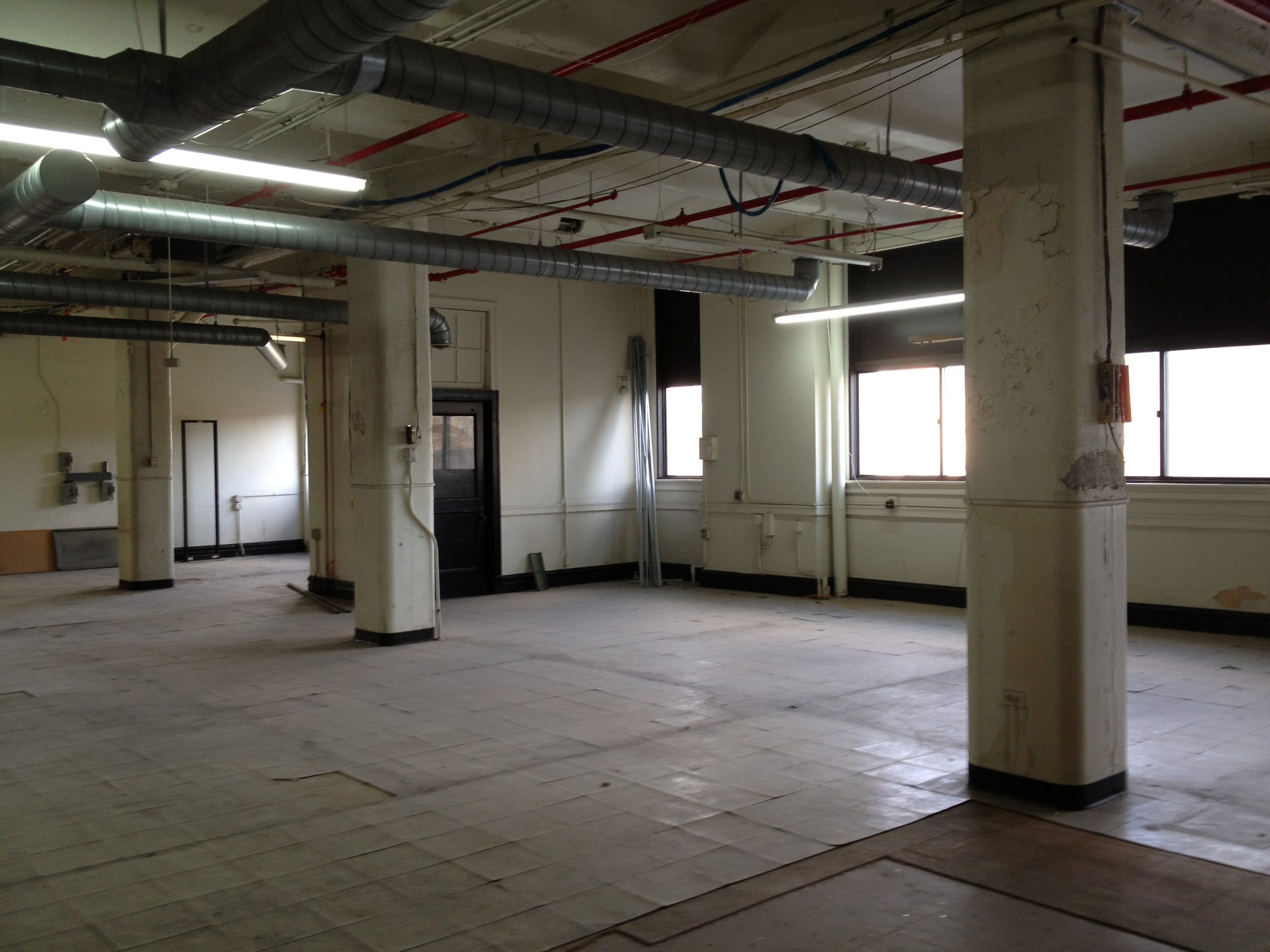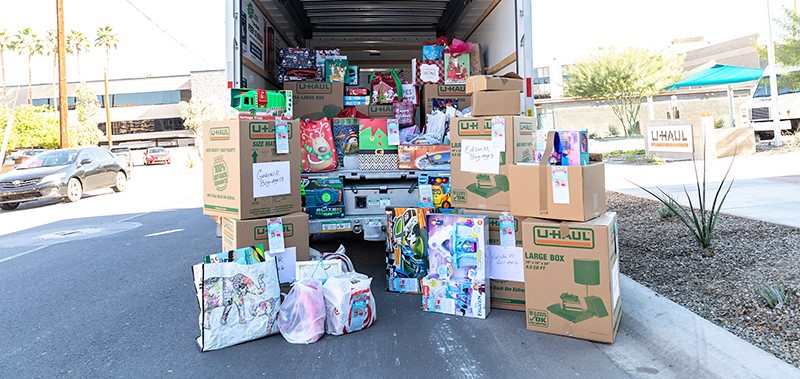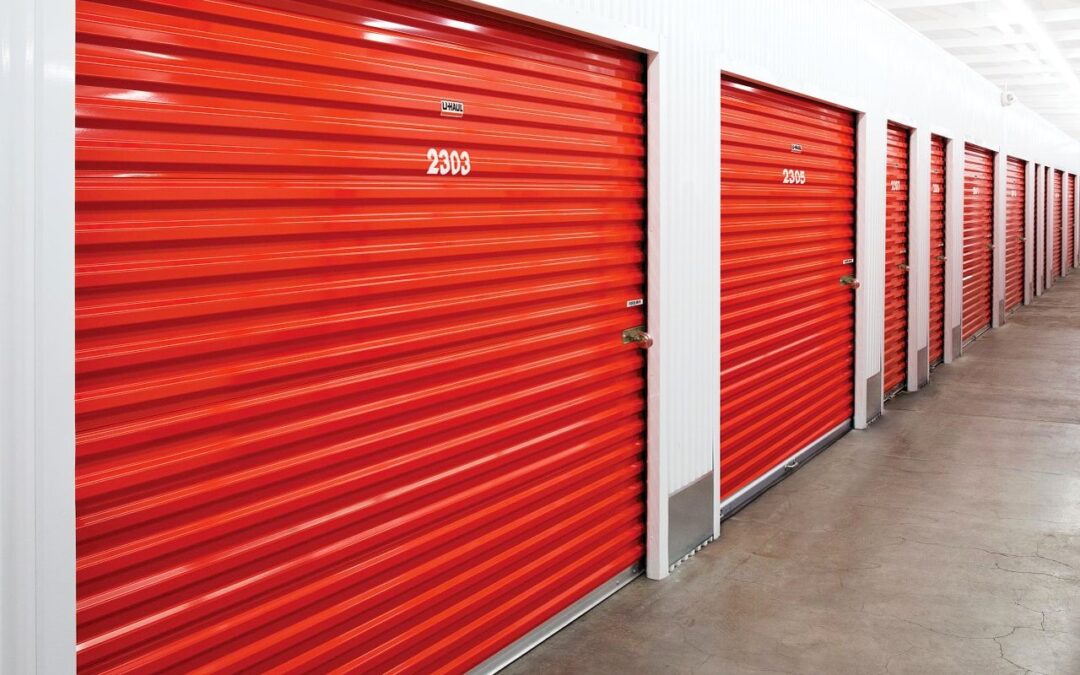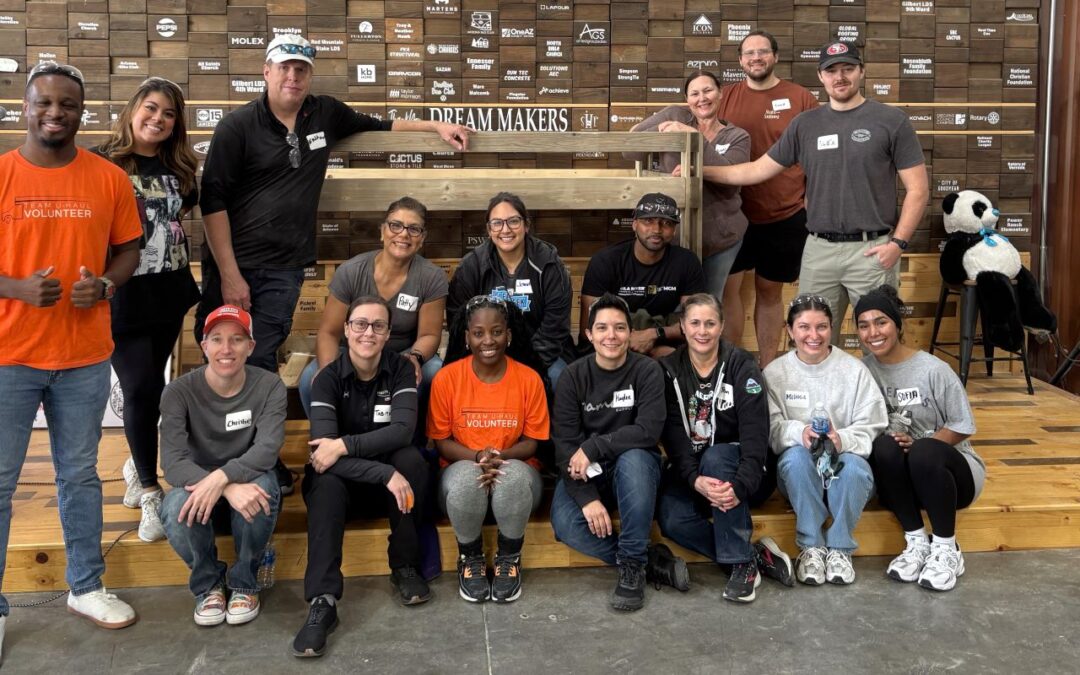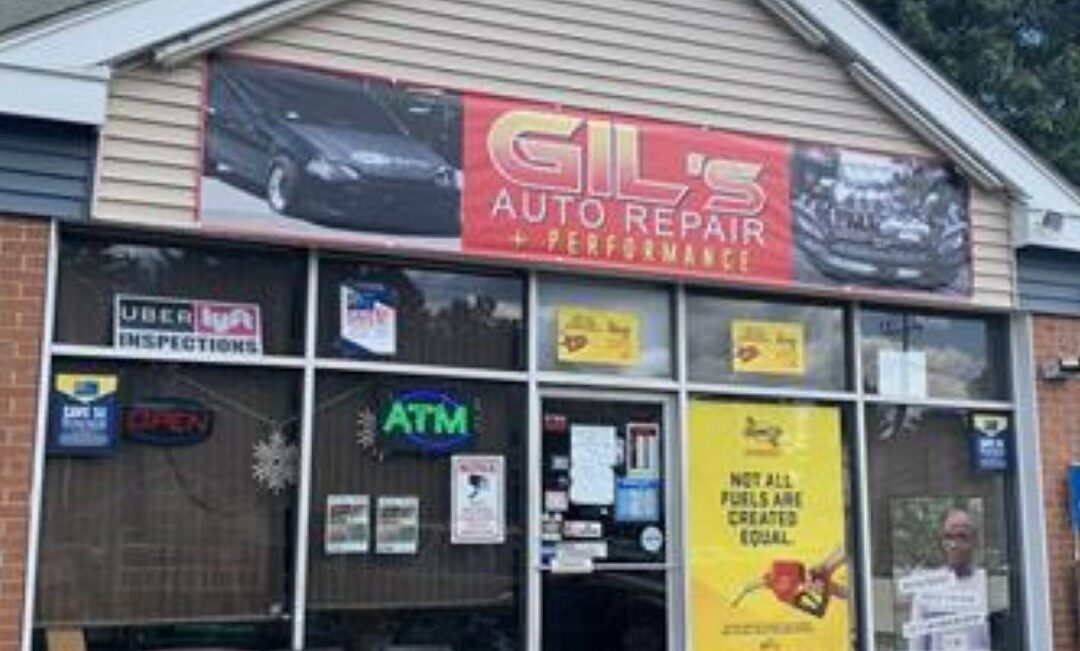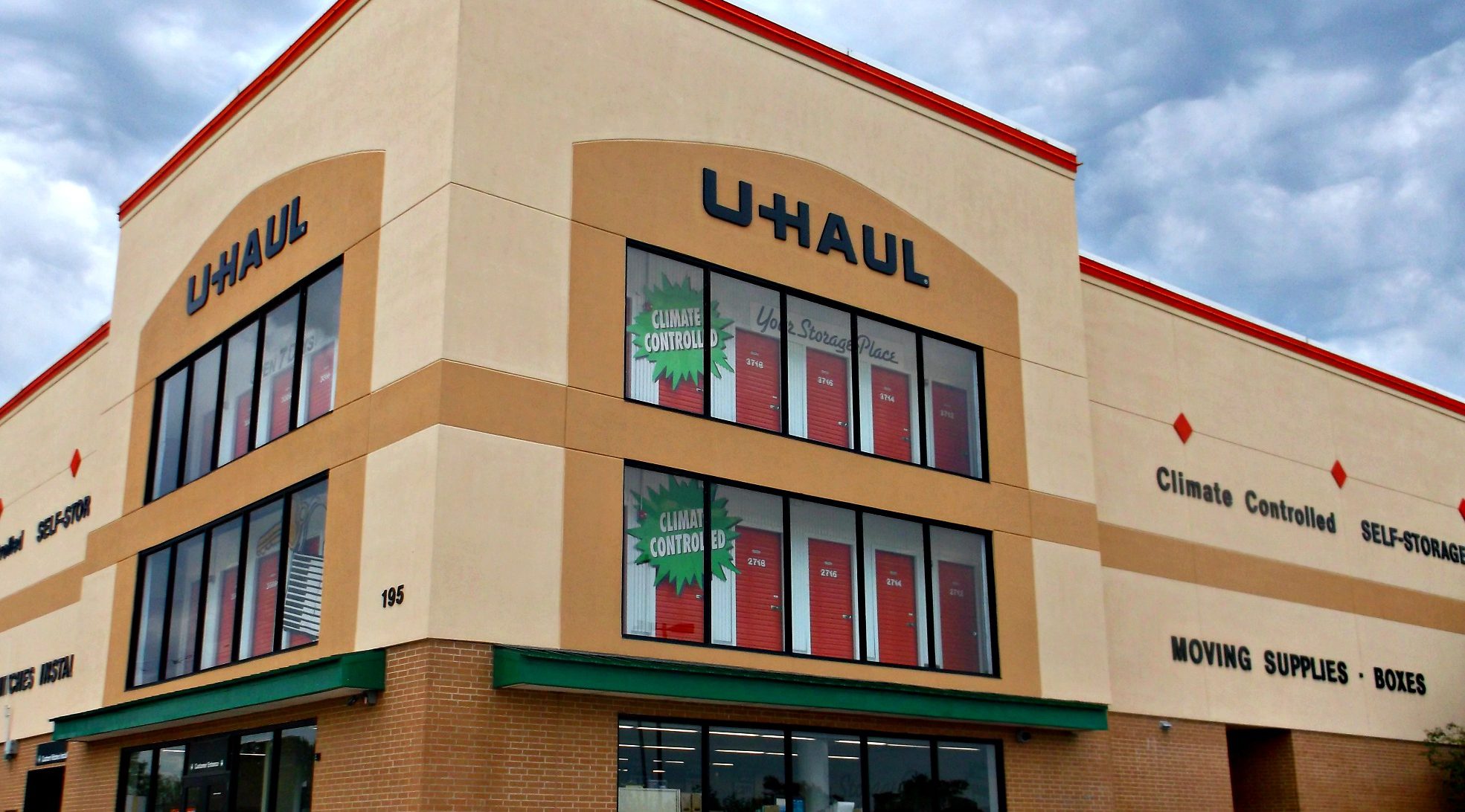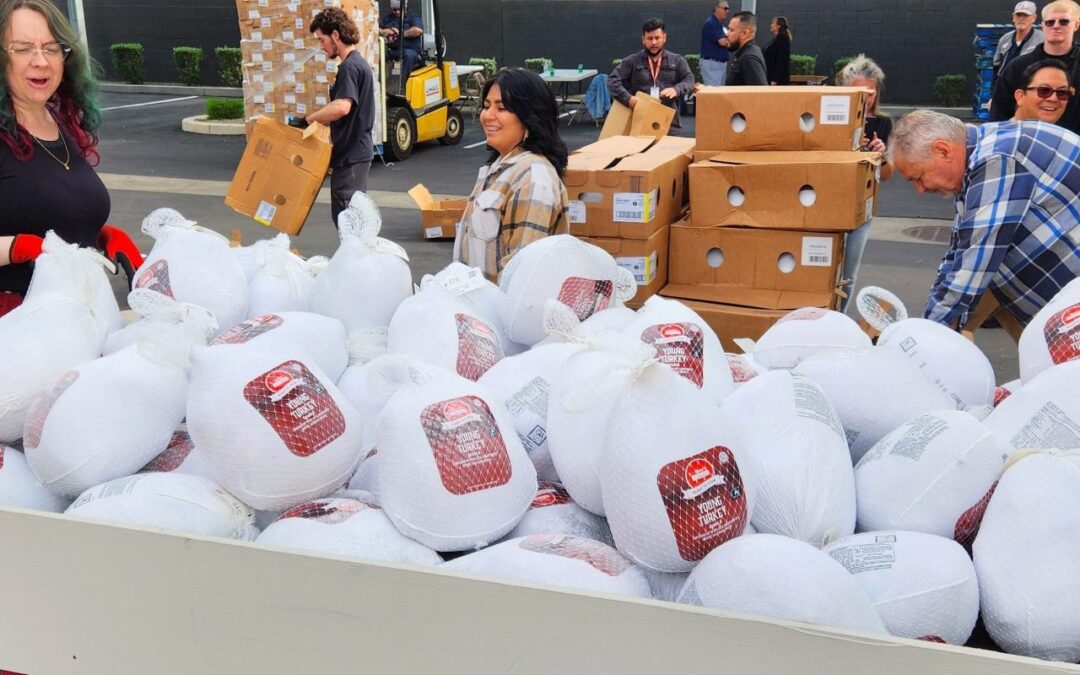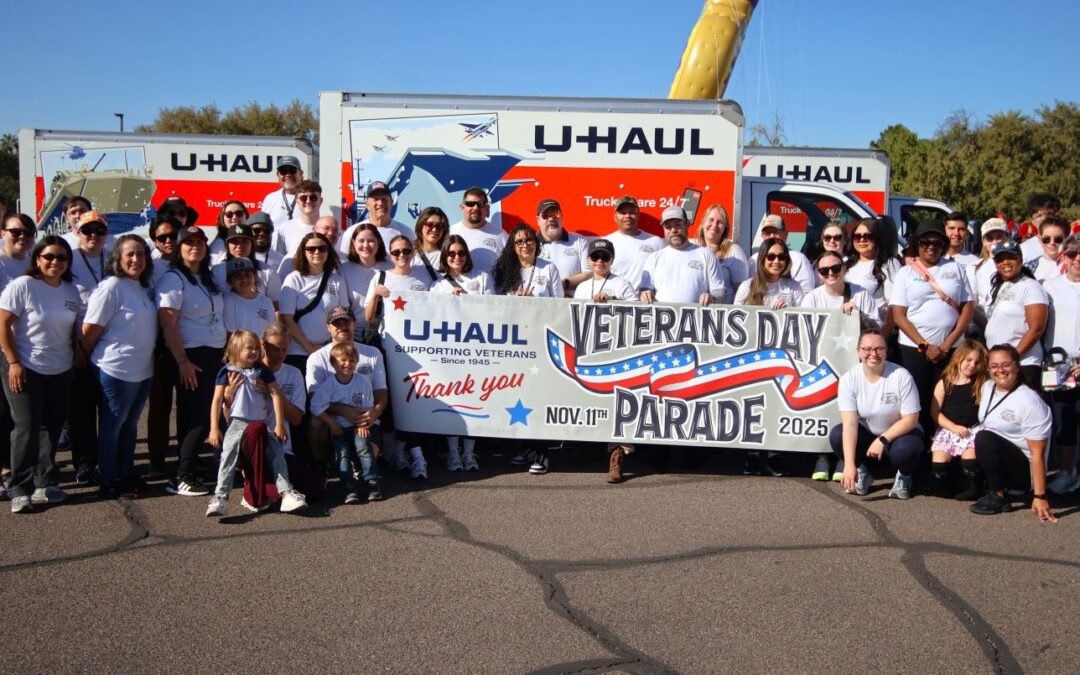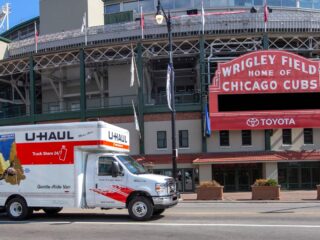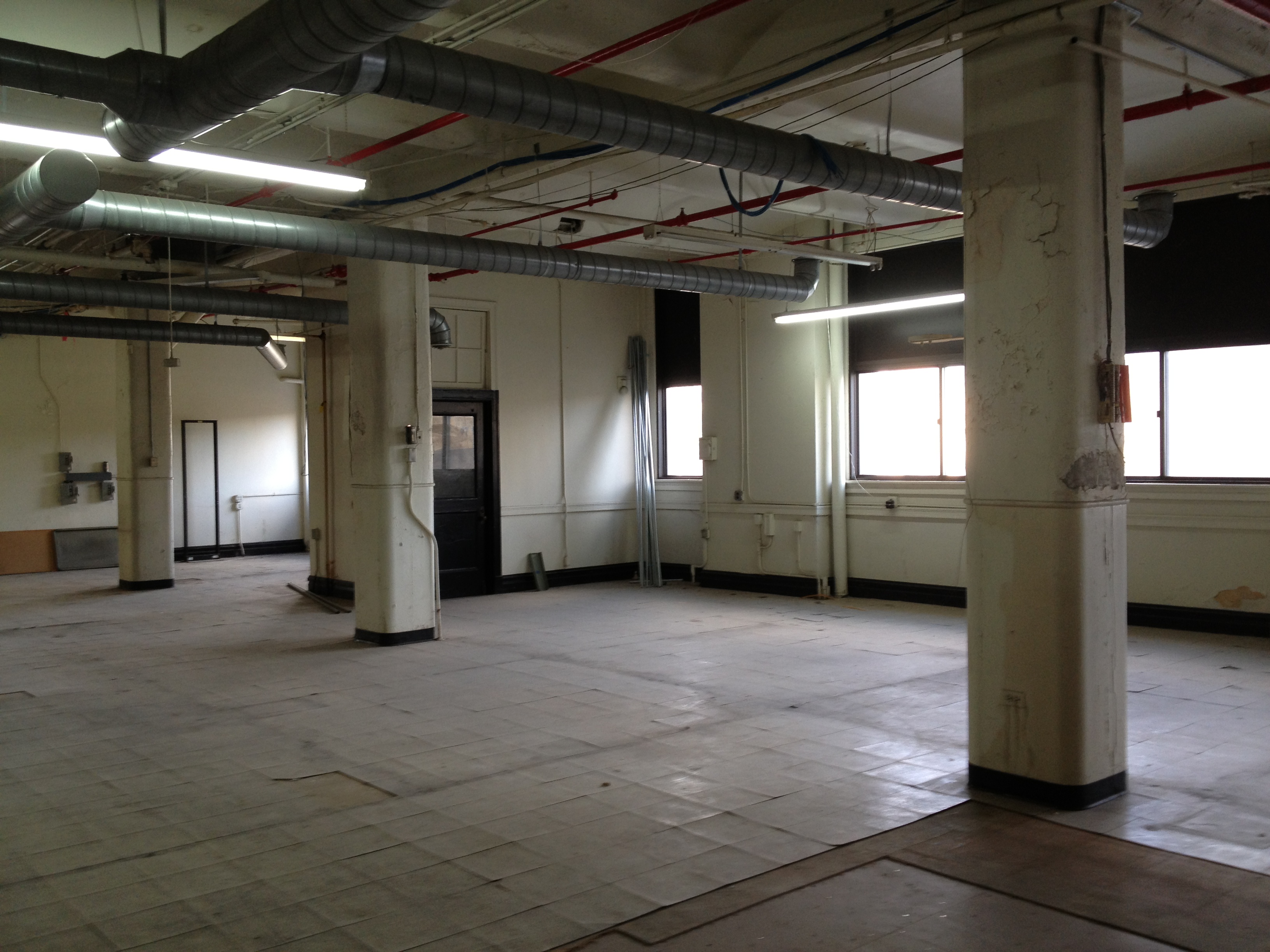
Throughout it history, U-Haul has adapted old buildings to new uses. The company’s project in the old New Center Nabisco factory is the latest in a long line of such projects in cities across North America.
When the Detroit Revitalization project got underway, the scale of the work begged a question; what do these adaptive reuse projects mean to the cities they occur in? In order to investigate the question, U-Haul engaged Wayne State University to conduct a research project looking into the impact of the reuse project on the New Center neighborhood and the city of Detroit. A graduate student from the Master of Urban Planning program, Joe Tangari, was chosen to lead the project.
The research project studies the social, environmental and economic effects of U-Haul’s adaptation of the formerly vacant Nabisco building into a self-storage and rental facility. Because such a project affects the surrounding area in many different ways, the research has been broken down into several topics for investigation:
Economic Effects
The research will document the short- and long-term local employment generated first during the construction project and then during the operation of the storage and rental facility. It will also seek to determine the multiplier effect of this business locating in the New Center neighborhood—how many jobs are likely to be created by other businesses in the area once the facility returns this building to productive use?
Environmental Effects
U-Haul pursues many sustainability measures; adaptive reuse itself is often a more sustainable construction model than building a new structure, and locating in the city rather than at the metropolitan outskirts also has environmental benefits, as numerous studies have revealed dense cities to be inherently more energy efficient than sprawling suburbs

Specifically, the research will look at carbon emissions savings from using district steam heating rather than oil or gas boilers; the carbon impact of truck sharing via the rental service versus truck ownership; and the amount of material and energy saved by using the material and energy already embodied in the building rather than sourcing new materials for new construction.
Social Effects
Finally, the research will look into three areas of social effects. First, the project will attempt to measure the effect of bringing the building back into use on crime, neighborhood blight, and the perception of the neighborhood’s livability and workability. Second, this research will investigate the social effect of enhanced mobility for local residents. Lastly, U-Haul will be directly investing in certain community initiatives, and this research will seek a way to successfully replicate investments that yield positive results for the city of Detroit in other communities where the company locates rental and storage centers.
Joe will be providing topic-by-topic updates on each of these subjects as his research proceeds. Tune in to see what he finds.


